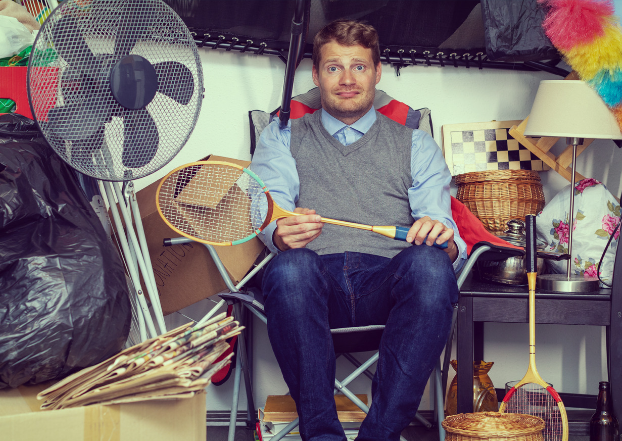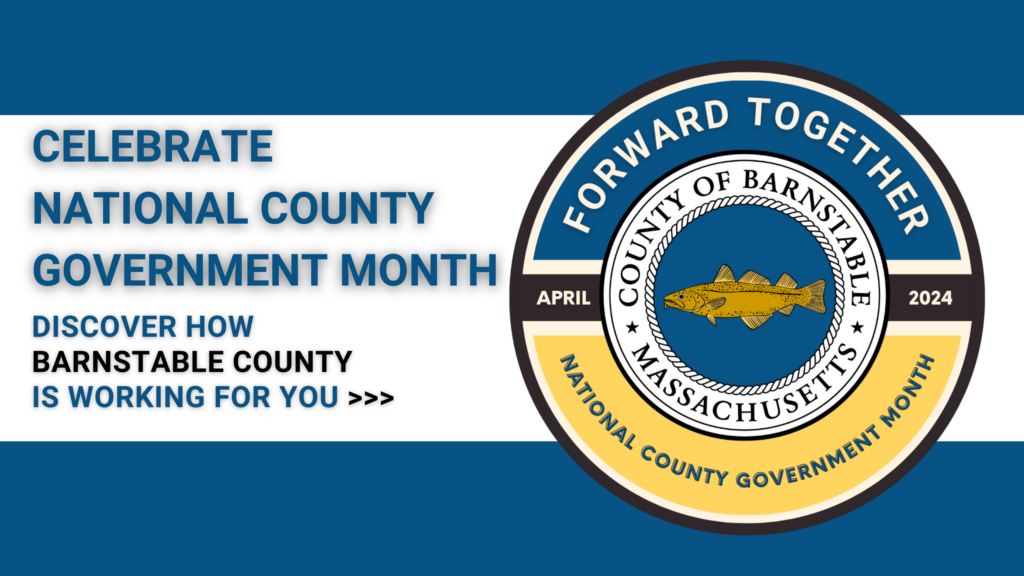
Hoarding or Clutter? Understanding the Difference
The following article was taken from the fall edition of our quarterly Community Health Newsletter.

By Lynn Mulkeen Senior Environmental Specialist
Do you have concerns that a loved one is struggling with “too much stuff”? Are you worried that they may have crossed over from sentimental attachments or acquiring collectibles into hoarding behavior? Hoarding Disorder is a recognized psychological disorder and a painful challenge for everyone involved. Side-effects of Hoarding Disorder can range from feelings of shame and the breakdown of relationships, to health and safety concerns and loss of housing. Then again, not every pile of clutter is hoarding. Recognizing some signs can help you keep your loved ones safe.
Is it Hoarding?
It is important to keep in mind that your expectations and ideas of acceptable living spaces may not be the same as someone else’s. Removing your personal judgment of the living space is important to making a productive assessment of the situation. Consider the following:
Grounds for Concern
- An individual is unable to perform activities of daily living and self-care (bathing, preparing food, caring for pets, sleeping in bed) due to accumulation of items.
- An individual feels anxiety when confronted with the idea of discarding items or acquiring open space and are comforted by their possessions regardless of the monetary or sentimental value!
- An individual continues to acquire items (stores, online, swap shops, yard sales, etc.)
- An individual is unable to navigate living spaces safely or egresses are blocked due to the volume of items.
Unlikely to Be Hoarding
- The individual is able to perform activities of daily living despite some cluttered areas.
- The individual is able to part with items without inducing anxious feelings.
- The individual is not actively acquiring new items; the items in question may have come through other avenues (inheritance, for example) or be situational (a craft project has been left out on a table).
- The individual’s use of living spaces and/or access to entrances and exits is not hindered by the accumulation of items.
Hoarding behaviors are often the result of previous trauma or are triggered by a traumatic event. No matter what the cause, kindness, compassion, patience, and empathy are essential to helping someone who is struggling with hoarding. Recognizing that there is so much more to hoarding disorder than the “stuff” in front of you, there are some basic “Dos and Don’ts” when approaching and helping your loved one:
DO
- …always remember hoarding is a mental health challenge, not a character flaw.
- …make a plan: goal setting keeps everyone on the same page and eliminates surprises.
- …initially focus on safety and the organization of items. Prioritize walkways, egress, fire danger, necessary daily activities, etc. Discussions about discarding items can come later.
- …be encouraging and recognize positive change! Rewarding progress with non-acquiring behaviors such as a coffee date or walk can be helpful.
- …recognize your own strengths: Maybe you are not the right person to help with the actual sorting of items, but you can be helpful in other ways (goal setting, emotional support, participating in recreational non-acquiring activities).
- …keep your expectations reasonable and remember that how you live in your own space is not necessarily how your loved one has to live in theirs. Safety is the ultimate goal.
- …practice self-care and take time away when you need it.
- …show them love, empathy and respect and expect it in return.
DON’T
- expect a quick fix: re-learning habits takes time and parting with items is difficult. Patience is key.
- use judgmental language or non-verbal cues: respect your loved one and their things-with your actions and facial expressions in addition to your words.
- touch or remove items without permission. Trust and respect are important; the individual must make their own decisions about items and where they go. Important! “clean-outs” (when a space is nearly completely cleared of items) are extremely counterproductive to a successful resolution of a hoarding situation. Not only does it cause extreme anxiety, but in nearly 100% of cases, hoarding behaviors escalate.
- expect anything in return for your support and assistance.
When approaching a loved one for whom you are concerned, begin with these questions: Are they safe? Are they healthy? Keeping this in mind as you move through the process will help you stay focused on the long-term goals and the well-being of everyone involved.
Resources
Digging out: Helping Your Loved One Manage Clitter, Hoarding, and Compulsive Acquiring, by M. Tompkins and T. Hartl (Available in Bookstores)
Buried in Treasures: Help for Compulsive Acquiring, Saving, and Hoarding (Treatments That Work), by D. Tolin and R. O. Frost (Available in Bookstores)



